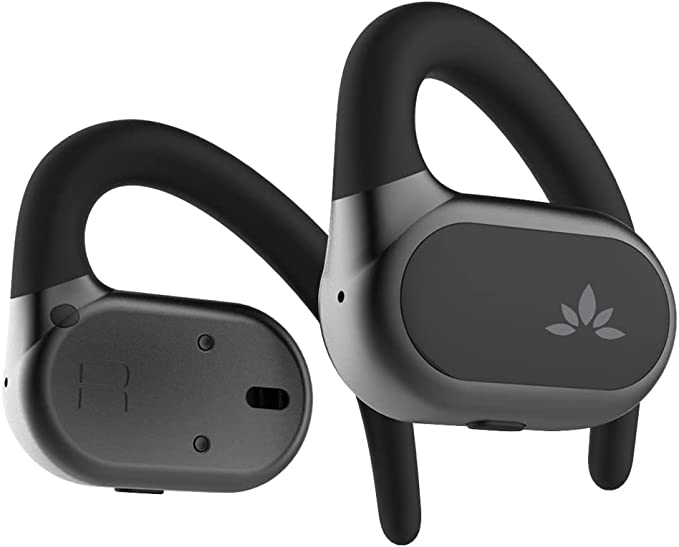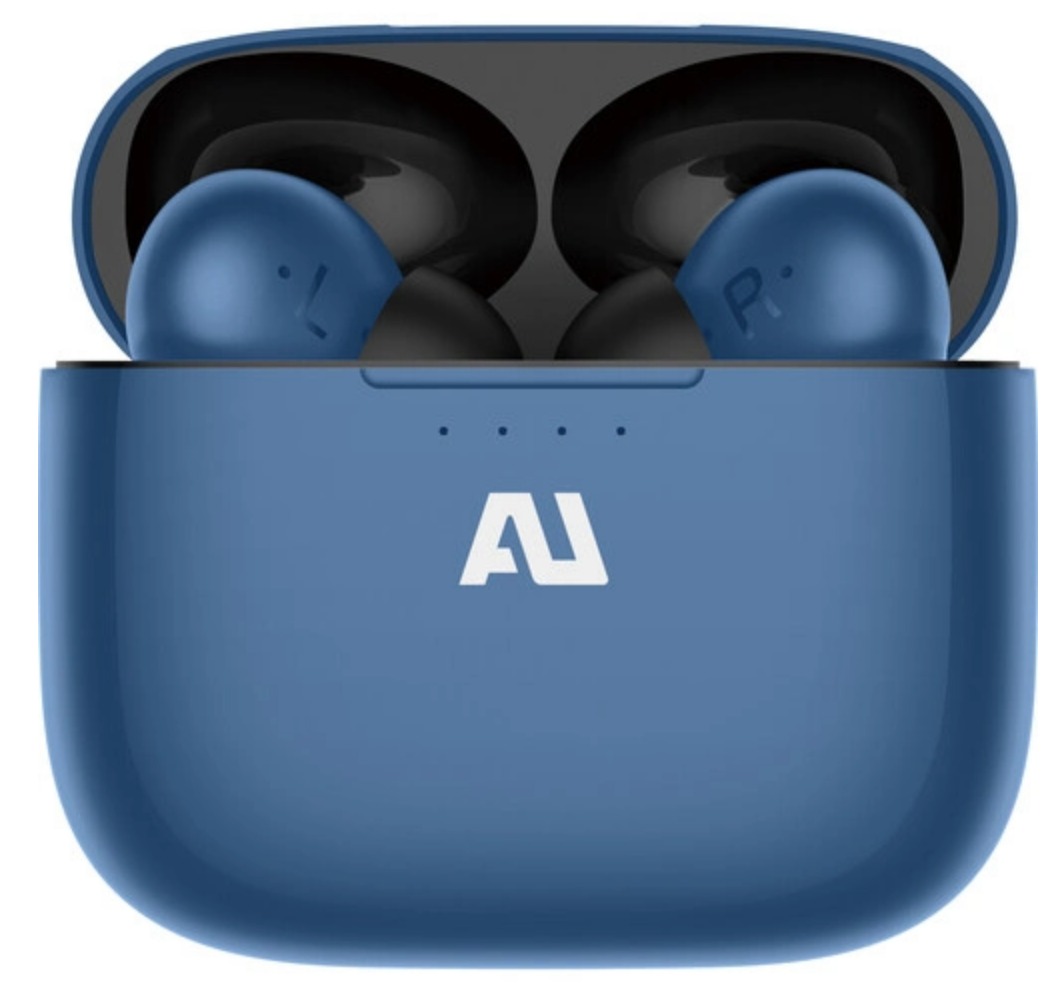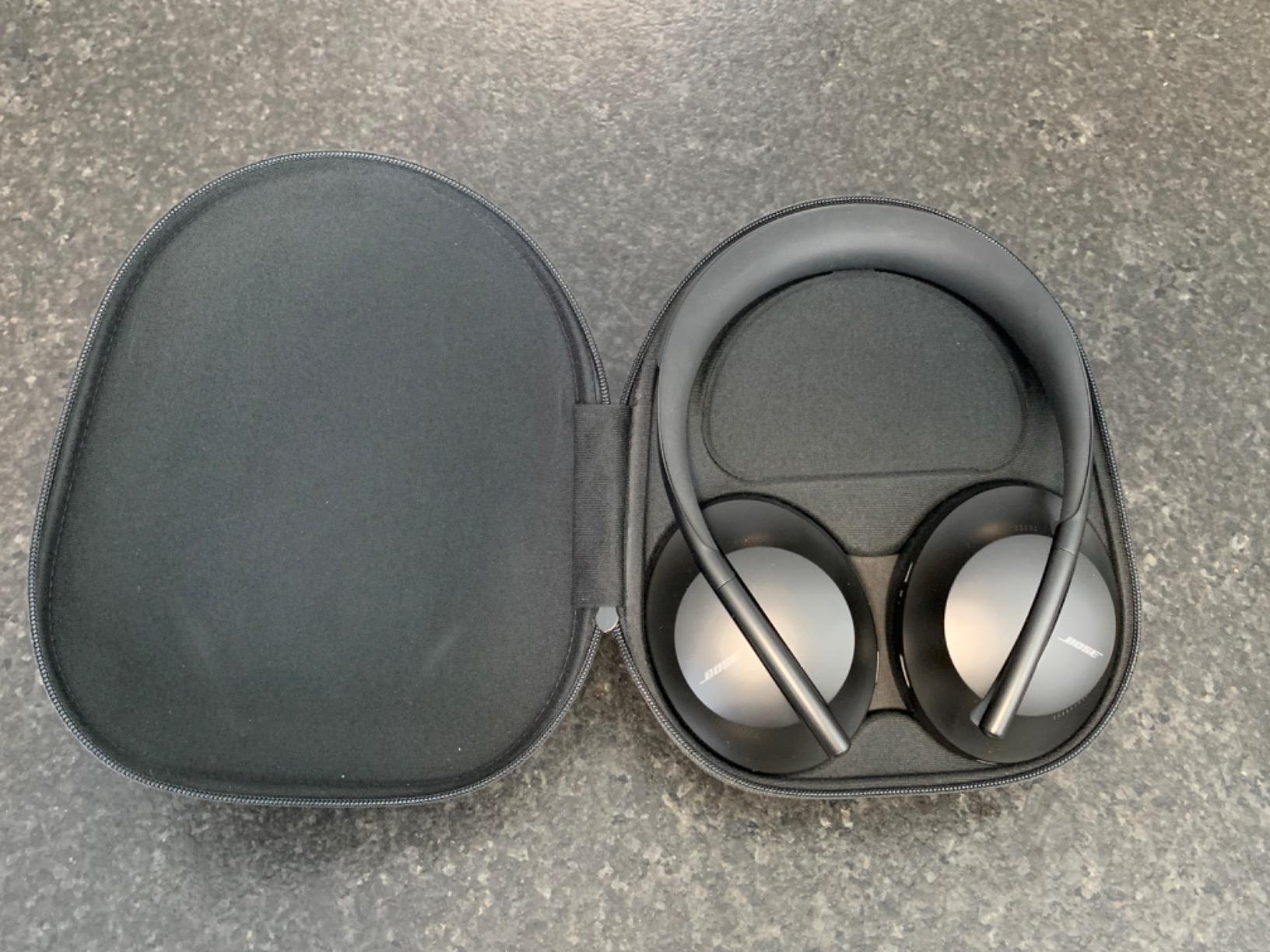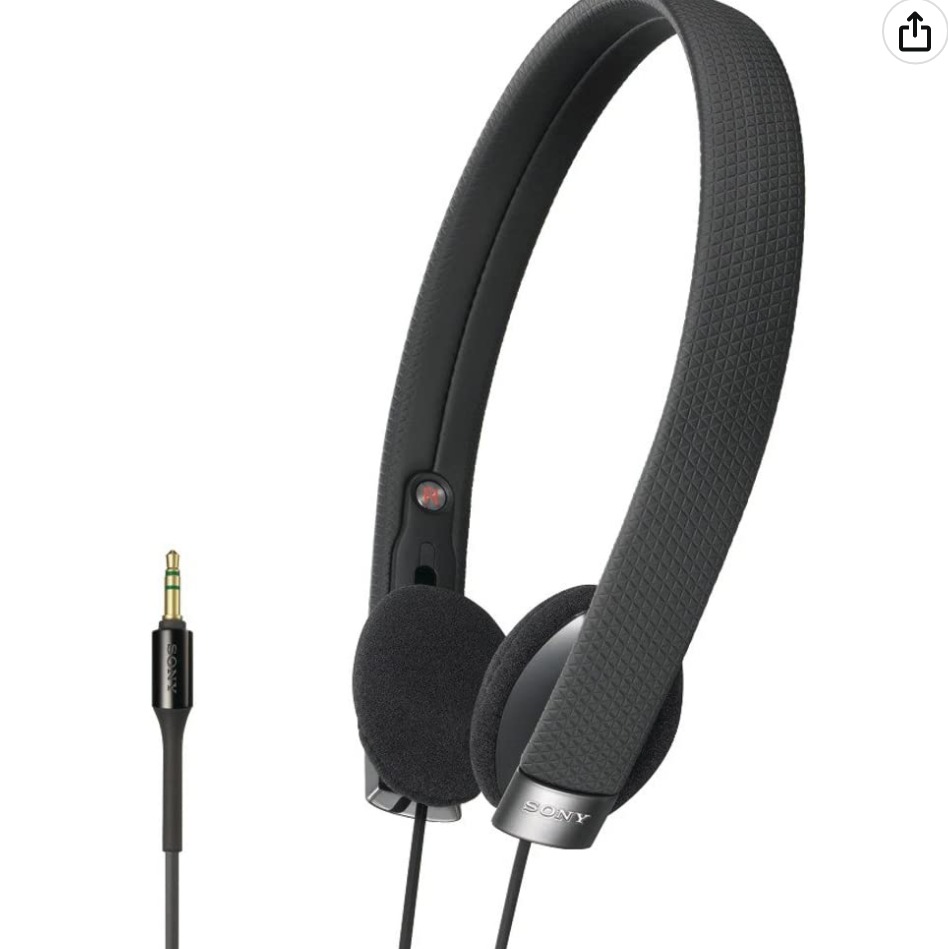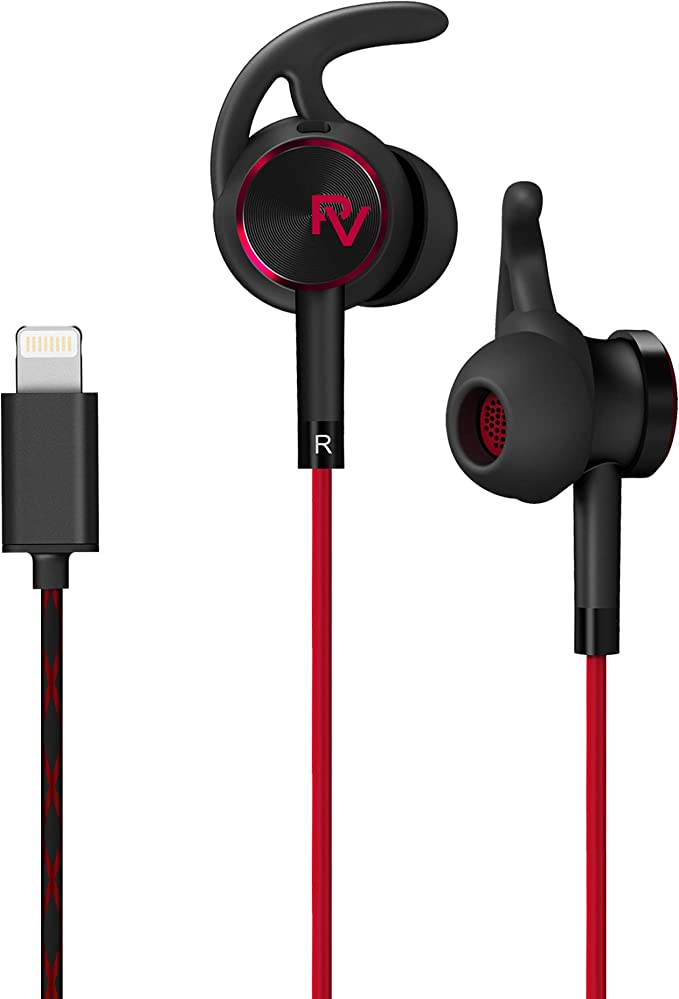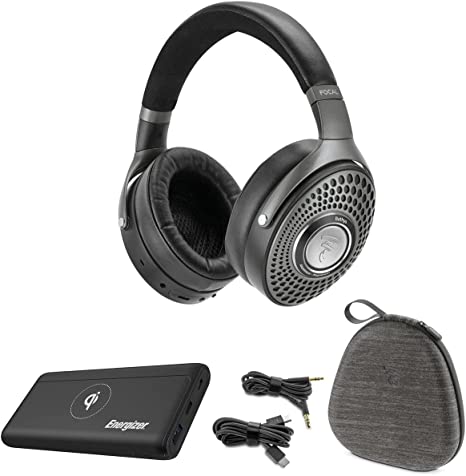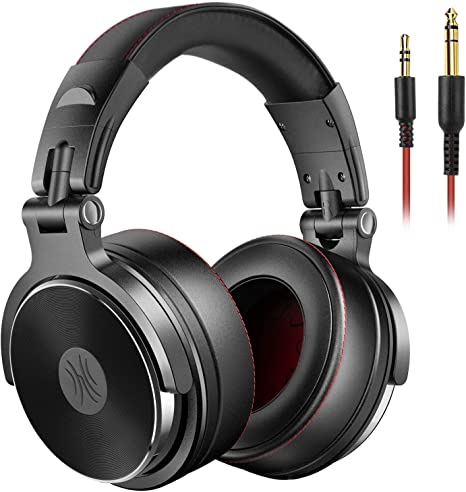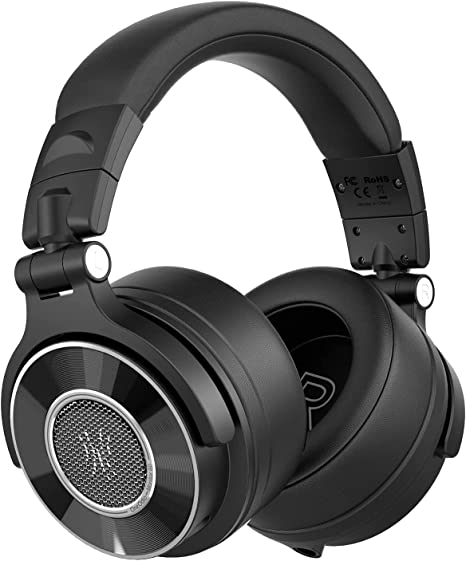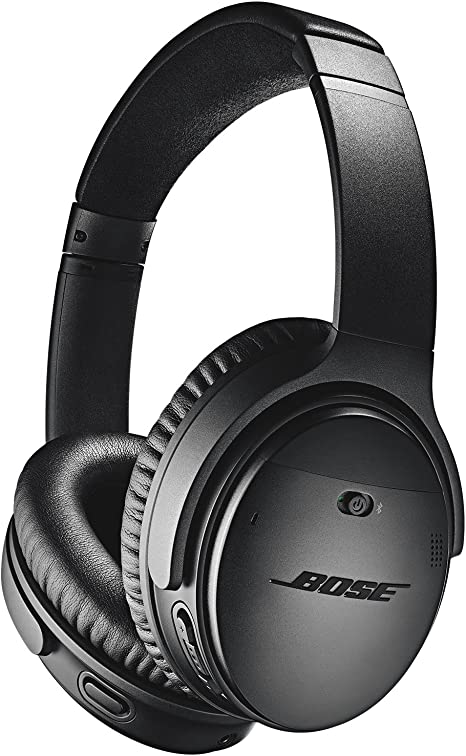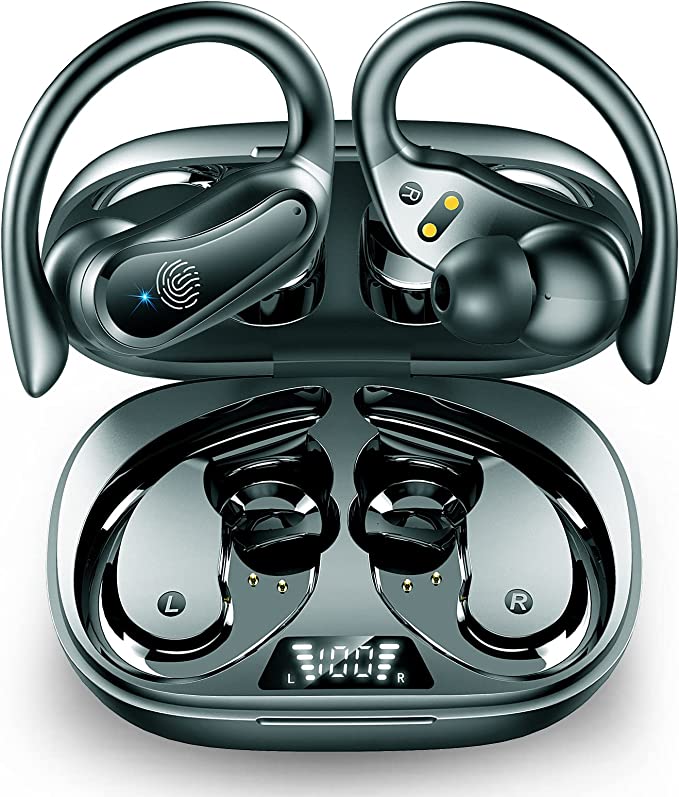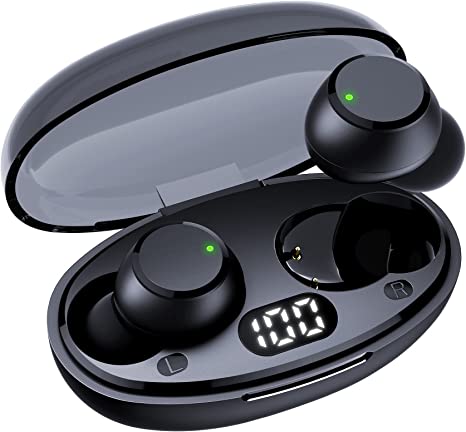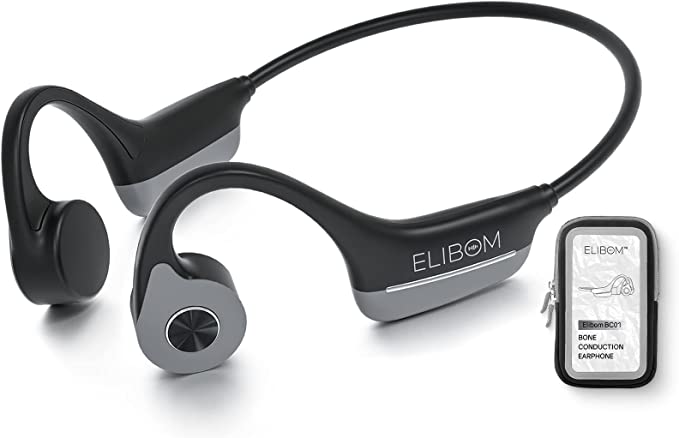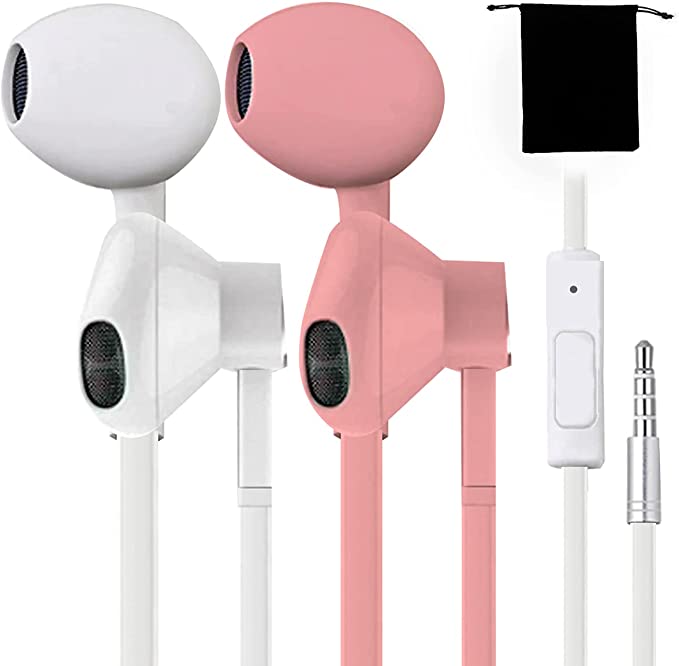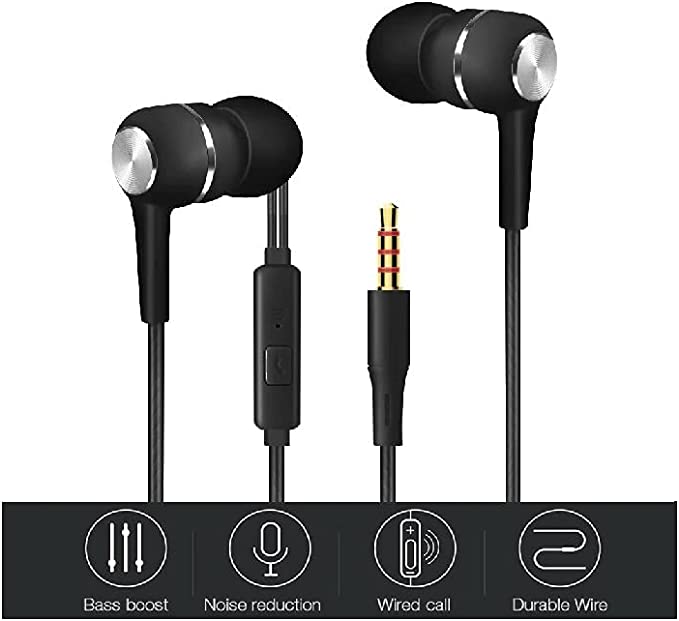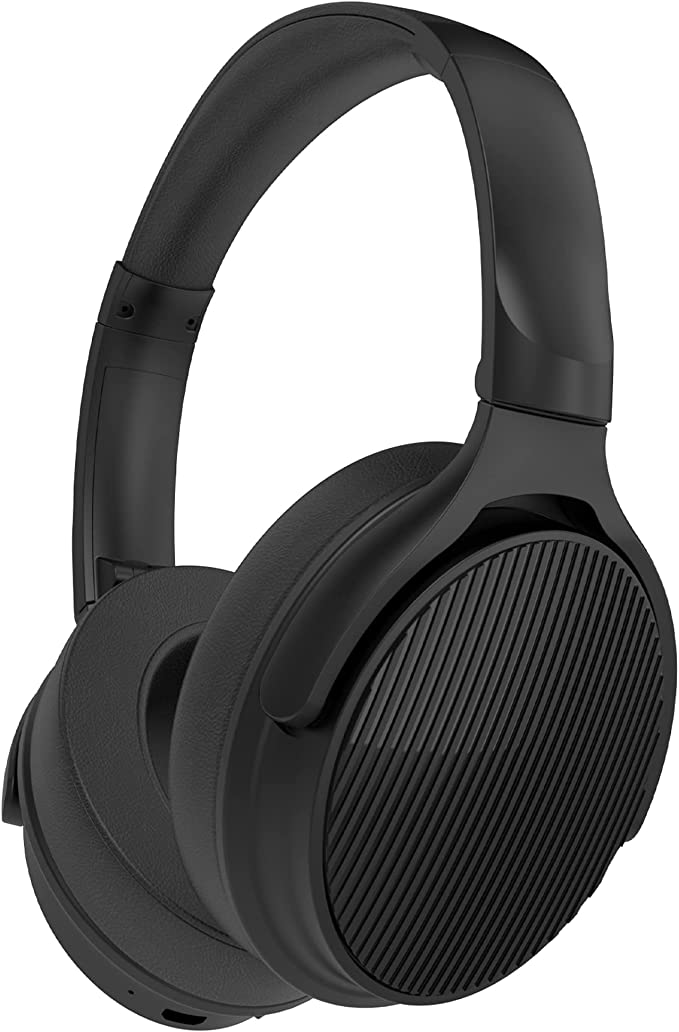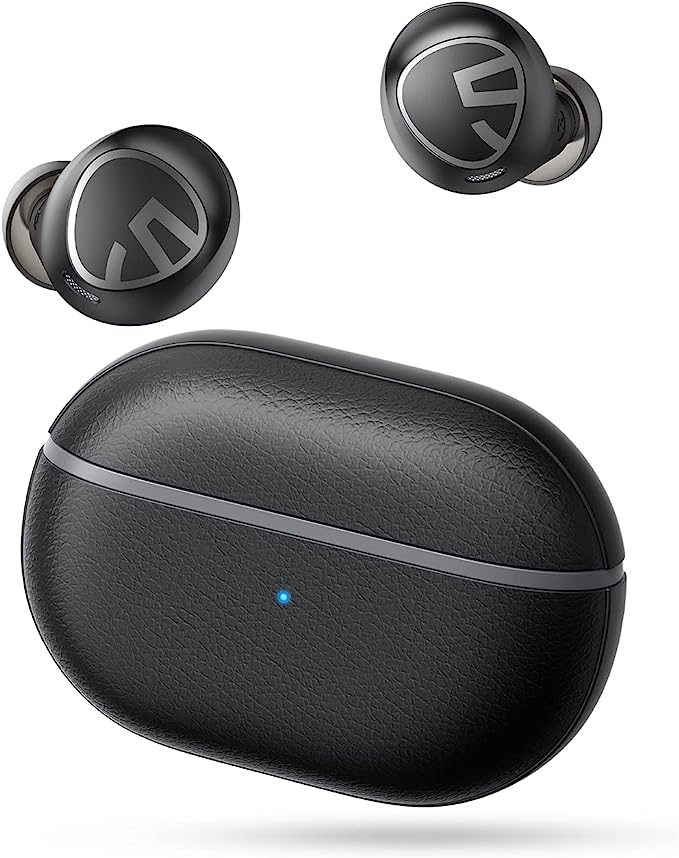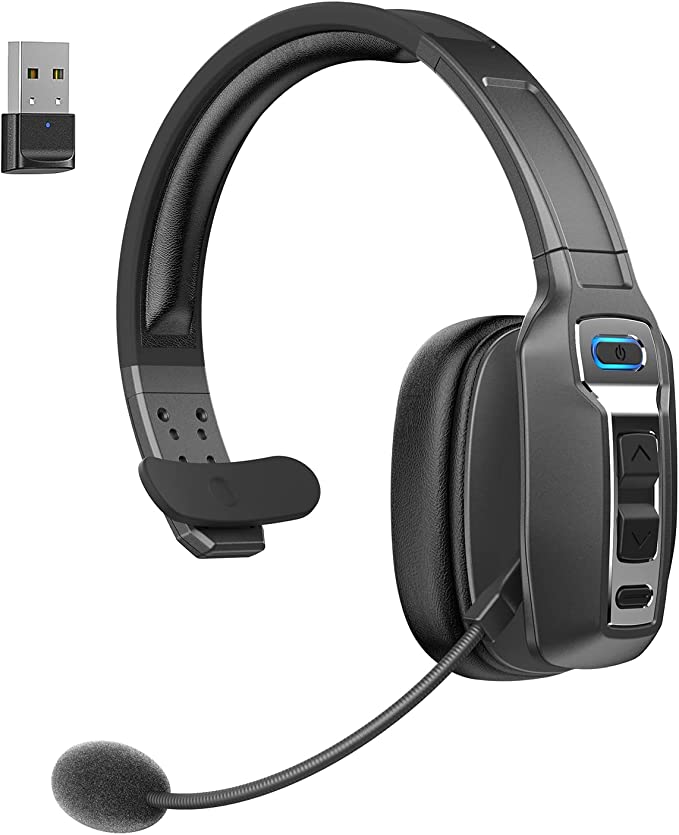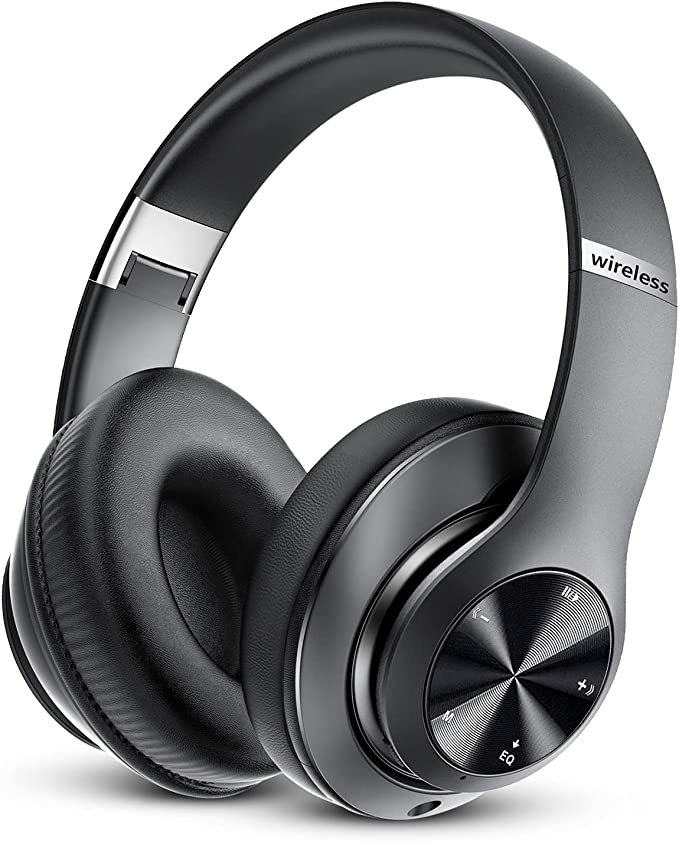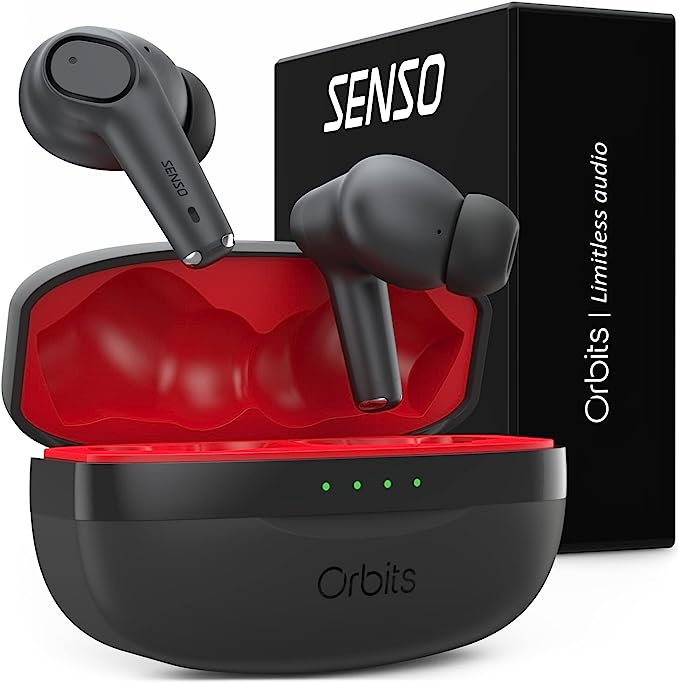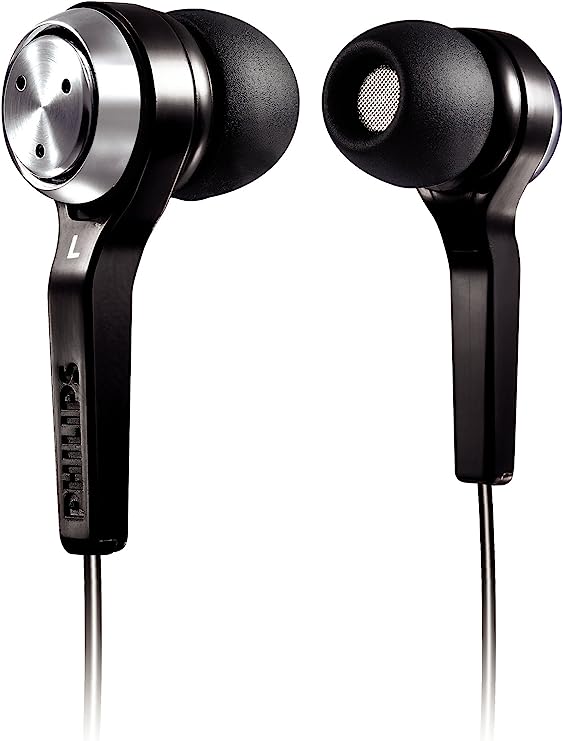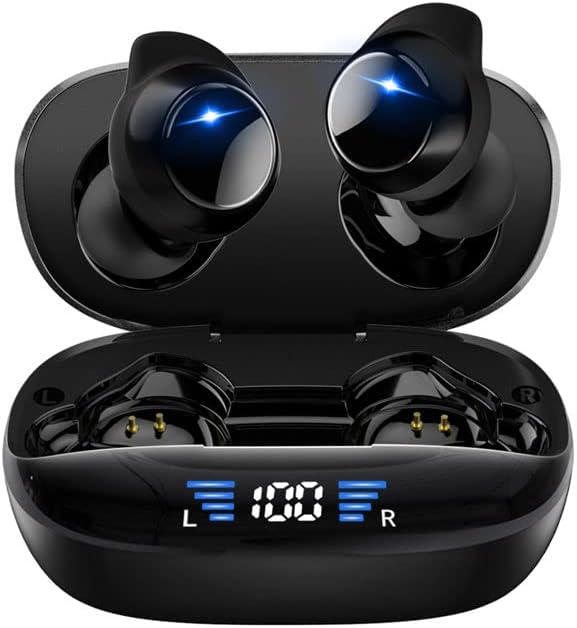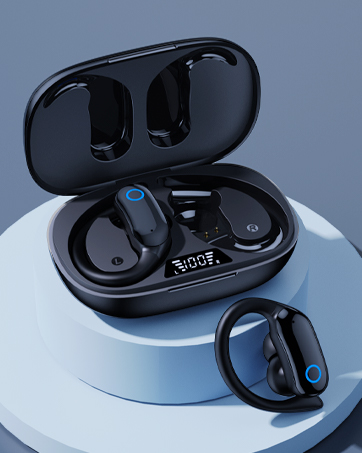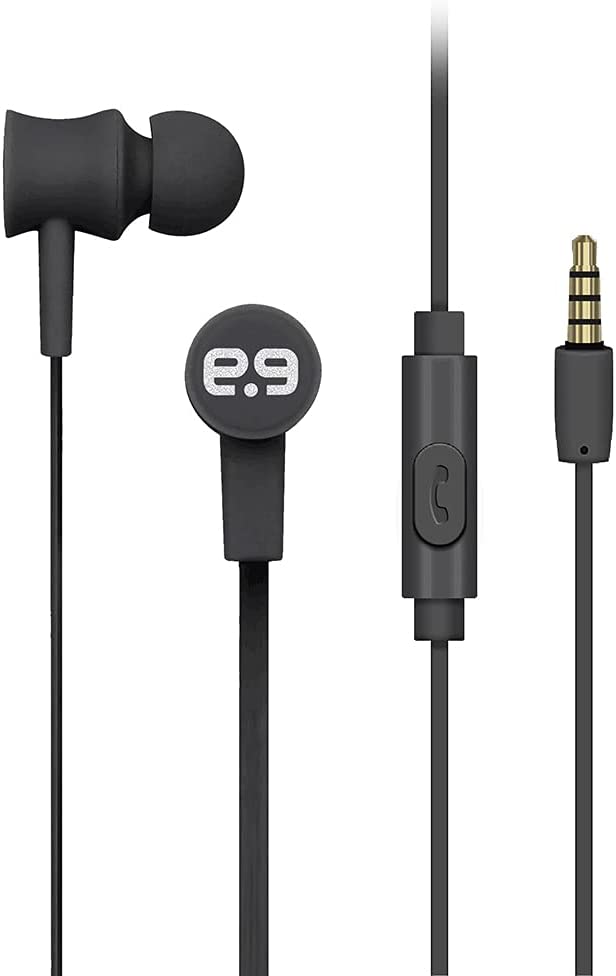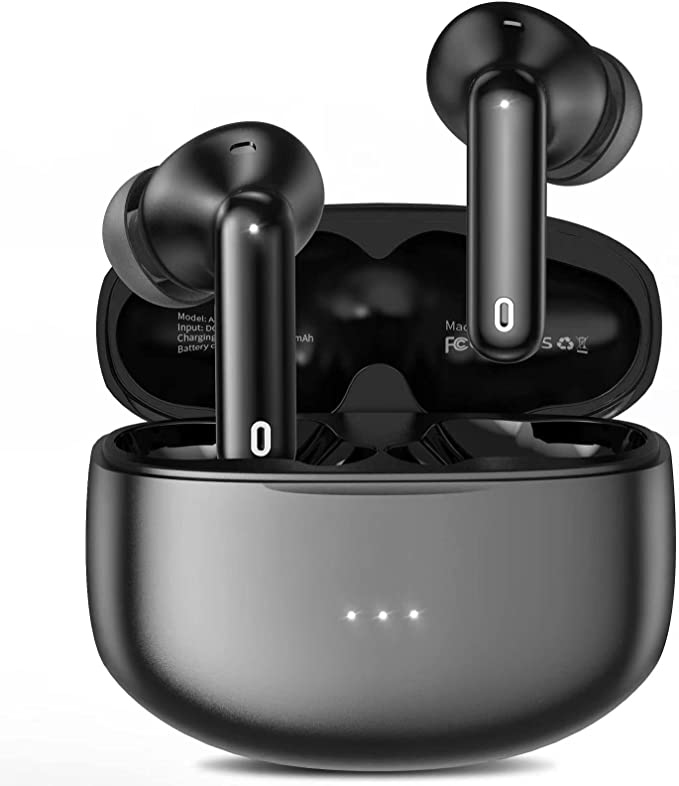Avantree Resolve-C: Open-Ear Comfort Meets Crystal-Clear Audio
Update on Sept. 22, 2025, 2:06 p.m.
We’ve all accepted a strange paradox about personal audio. We put tiny speakers in our ears to connect with a world of music and podcasts, yet in doing so, we disconnect from the world immediately around us. We crave hours of immersive sound, but our ears ache in protest after just a short time. We’ve been told this is the price of admission: that to gain a private soundscape, we must accept discomfort and isolation.
But what if this premise is flawed? What if we could have our personal audio and hear the world, too? This isn’t about finding a better-fitting ear tip. It’s about rethinking our relationship with sound, through a design philosophy known as open-ear audio. It’s a solution that doesn’t just change the shape of our headphones, but challenges the very idea that listening has to be an act of exclusion.

The Physics of Hearing: An Acoustic Spotlight for Your Ears
Imagine trying to read a book in a dark room. You wouldn’t use a giant floodlight that illuminates the entire house; you’d use a focused reading lamp that shines light only on your page. Open-ear audio works on a similar principle, but with sound. It’s a concept often called Directed Audio.
Instead of creating a seal to block outside noise and trap sound in, open-ear headphones rest just outside your ear canal. They use precisely engineered acoustic structures—tiny speakers angled in just the right way—to create a narrow beam of sound, an “acoustic spotlight,” aimed directly at the opening of your ear. This allows you to hear your music or call with surprising clarity, while leaving your ears completely open to perceive the ambient environment. The approaching cyclist, the barista calling your name, a colleague’s question—these sounds are no longer obstacles to be silenced, but are part of a single, unified auditory experience.
This approach fundamentally solves the problem of situational awareness. It transforms headphones from sensory deprivation tools into a seamless layer of personal audio overlaid onto the real world.

A Tale of Two Pathways: Air Conduction vs. Bone Conduction
Here, we need to make a crucial distinction, because the term “open-ear” is often used to describe two very different technologies.
The first, and the one most like our natural hearing, is Air Conduction. This is the technology we’ve been discussing. It uses the air as its medium, sending sound waves into your ear canal to vibrate your eardrum. It’s exactly how you hear everything else in the world, which is why the audio from these devices sounds remarkably natural and full-ranged.
The second is Bone Conduction. These devices press against the bones of your temple and transmit sound to your inner ear through vibration, completely bypassing the eardrum. While brilliant for certain applications (like swimming or for those with specific types of hearing impairment), the audio can sometimes feel vibrational and lack the richness and fidelity of air-conducted sound, particularly in the lower and higher frequencies.
Many of the most accessible and comfortable open-ear designs, like the Avantree Resolve-C, are built on the principle of Air Conduction. They choose to work with the ear’s natural structure, not against it.
Deconstructing the Design: An Engineer’s Perspective
Let’s use a simple, wired product like the Avantree Resolve-C as a case study, because its design choices perfectly illustrate the science at play. When you strip away the marketing, you find a masterclass in ergonomic and acoustic principles.
First, consider the fit. The most common complaint about traditional earbuds is pain inside the ear canal, or the external acoustic meatus. The Resolve-C sidesteps this entirely by using an earhook. This isn’t just for stability; it’s a deliberate ergonomic choice to transfer the entire weight and securing force to the strong, less sensitive cartilage of the outer ear, the auricle. The earbud itself merely hovers over the canal. This is also why providing different sizes, as they do for “Small-Medium” ears, is so critical. It’s not just about comfort; it ensures the “acoustic spotlight” is aimed correctly, a concept known as proper acoustic coupling.
Next, let’s talk about the sound itself. The product description mentions a “specially tuned and emphasized treble.” This might sound like a weakness to an audiophile, but it’s a clever bit of psychoacoustics. The clarity of human speech is primarily defined by high-frequency sounds, like the consonants ‘s’, ‘t’, and ‘f’. By subtly boosting these frequencies, the earbuds make voices in calls and podcasts significantly more intelligible, even at lower volumes. It’s a tuning profile optimized for communication, not for bass-heavy music—a clear statement of its design intent.
This brings us to the inevitable trade-off: the microphone. Some user reviews note that in noisy environments, their voice can sound distant. This isn’t a defect; it’s a direct consequence of the open-ear design. The microphone is, by definition, sitting in the open air. It hears what you hear. To give you complete situational awareness, the design must sacrifice the noise isolation that a close-fitting, in-ear bud’s microphone would benefit from. Great engineering is often the art of choosing the right compromises.

The Digital Connection: Why USB-C Matters for Sound
The choice of a USB-C connector on these earbuds is more significant than it appears. It’s not just about matching modern phones; it’s about a fundamental shift in how audio is handled.
The old 3.5mm headphone jack was an analog connection. Your phone converted the digital music file into an electrical wave, which then traveled down the wire to your ears. The quality of that sound was heavily dependent on the electronics inside your phone.
USB-C, on the other hand, is a digital connection. The 1s and 0s of your music file travel, pure and uncorrupted, all the way to the headphones themselves. Tucked away inside the earbud’s controller is a tiny chip called a DAC (Digital-to-Analog Converter). This chip performs the crucial conversion to sound waves right at the last second. This means the audio quality is determined by the headphone designer, not your phone manufacturer. It democratizes good, clean sound, ensuring a consistent and interference-free listening experience across a huge range of devices.

A Healthier Way to Listen?
Beyond the immediate benefits of comfort and awareness lies a potential long-term advantage for our hearing health. By not sealing the ear canal, open-ear designs prevent the build-up of air pressure and humidity. They also eliminate the occlusion effect—that booming, hollow sound of your own voice and footsteps when your ears are plugged, which often causes us to turn the music up to drown it out.
Because you are not fighting to overcome this internal noise, and because you remain connected to your environment, you naturally tend to listen at lower, safer volumes. While not a substitute for responsible listening habits, it’s a design that nudges us in a healthier direction.
Conclusion: The Future is Aware
Open-ear audio represents a quiet but profound shift in the philosophy of personal technology. It suggests that the goal isn’t to create a more convincing virtual world to escape into, but to build tools that integrate more elegantly and safely into our real one. It’s a move away from sensory isolation and towards sensory augmentation.
By understanding the simple physics of an acoustic spotlight, the ergonomics of the human ear, and the digital purity of modern connections, we can appreciate that even a simple pair of headphones can be packed with intelligent design. The real innovation isn’t always the loudest or the most complex; sometimes, it’s the one that helps us listen to the world, and ourselves, a little better.
